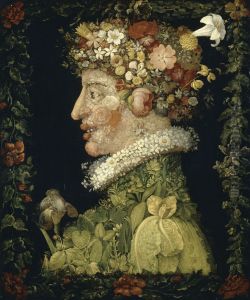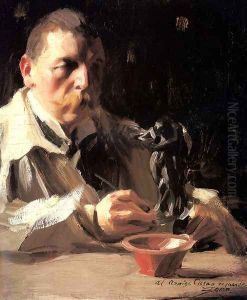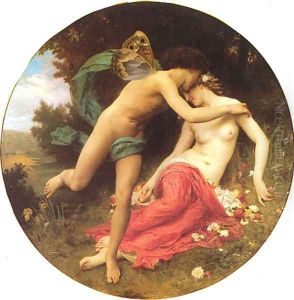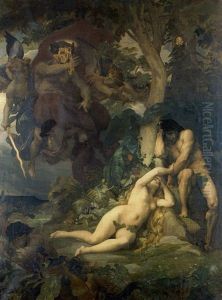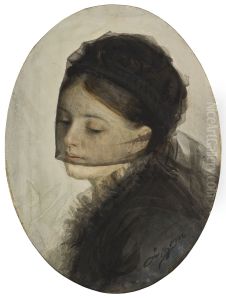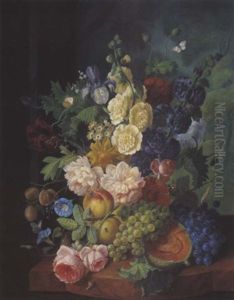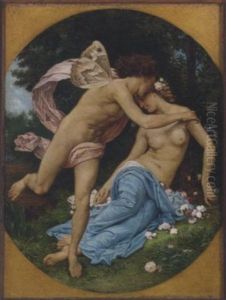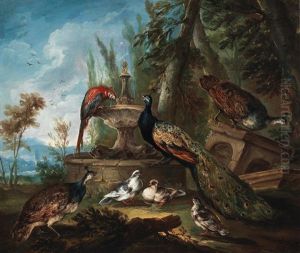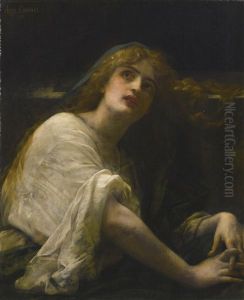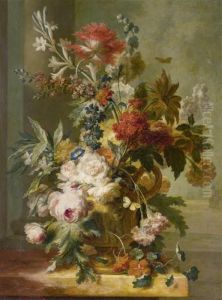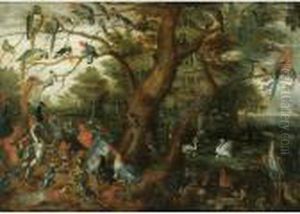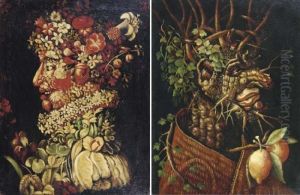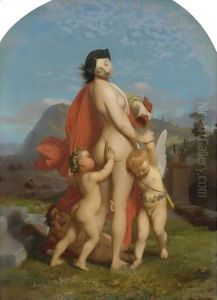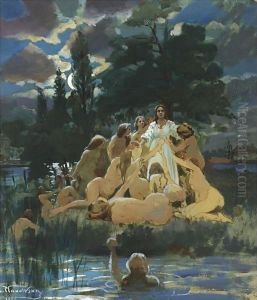Symbolism In Art Paintings
Exploring the Depths of Symbolism in Art
Step into a world where art transcends the visible, inviting viewers to explore hidden meanings and profound emotional landscapes. The movement known as Symbolism in Art emerged in the late 19th century as a powerful counter-current to the prevailing naturalism and realism of the era. Instead of depicting objective reality, Symbolist painters sought to evoke ideas, emotions, and spiritual truths through allegories, dreams, and mystical imagery. This fascinating period in art history delves deep into the human psyche, universal truths, and the subconscious mind, making it a truly captivating subject for art enthusiasts.
At its core, Symbolism aimed to express the inexpressible. Artists of this movement often drew inspiration from mythology, literature, and personal visions, creating visual metaphors that resonated on a deeper, often spiritual, level. Themes frequently explored include love, death, sin, hope, and the human condition, often imbued with a sense of mystery and introspection. Unlike the Impressionists who captured fleeting moments of light and color, Symbolist artists like Odilon Redon, Gustave Moreau, and Fernand Khnopff focused on internal realities, psychological states, and the power of imagination, inviting contemplation rather than immediate understanding.
The masters of Symbolism left an indelible mark on art. Gustav Klimt, with his opulent, gilded canvases and exploration of sensuality and the cycle of life, is a prime example of the movement's decorative and evocative power. Edvard Munch’s emotionally charged works, such as "The Scream," powerfully convey anxiety and isolation, embodying the psychological intensity characteristic of Symbolist art. Other influential figures include Arnold Böcklin, known for his haunting landscapes and mythological scenes, and Franz von Stuck, whose works often depicted mythical creatures and allegories of sin and temptation. These artists, among many others, collectively shaped the unique aesthetic and philosophical underpinnings of Symbolism in Art.
The enduring appeal of Symbolist paintings lies in their timeless exploration of the human spirit and their ability to speak to our inner world. Each masterpiece offers a window into the rich tapestry of late 19th and early 20th-century thought, reflecting a period of profound cultural and intellectual change. Owning a meticulously reproduced classic oil painting from this era allows you to bring the profound beauty and evocative power of these masterworks into your own space, offering daily inspiration and a connection to a pivotal moment in art history.
